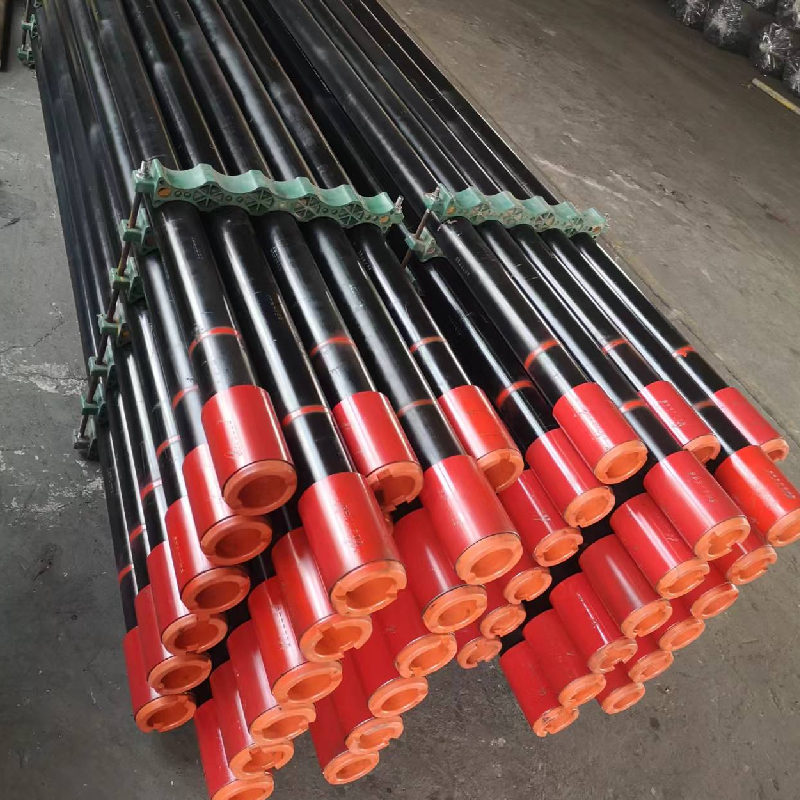- Afrikaans
- Albanian
- Amharic
- Arabic
- Armenian
- Azerbaijani
- Basque
- Belarusian
- Bengali
- Bosnian
- Bulgarian
- Catalan
- Cebuano
- Corsican
- Croatian
- Czech
- Danish
- Dutch
- English
- Esperanto
- Estonian
- Finnish
- French
- Frisian
- Galician
- Georgian
- German
- Greek
- Gujarati
- Haitian Creole
- hausa
- hawaiian
- Hebrew
- Hindi
- Miao
- Hungarian
- Icelandic
- igbo
- Indonesian
- irish
- Italian
- Japanese
- Javanese
- Kannada
- kazakh
- Khmer
- Rwandese
- Korean
- Kurdish
- Kyrgyz
- Lao
- Latin
- Latvian
- Lithuanian
- Luxembourgish
- Macedonian
- Malgashi
- Malay
- Malayalam
- Maltese
- Maori
- Marathi
- Mongolian
- Myanmar
- Nepali
- Norwegian
- Norwegian
- Occitan
- Pashto
- Persian
- Polish
- Portuguese
- Punjabi
- Romanian
- Russian
- Samoan
- Scottish Gaelic
- Serbian
- Sesotho
- Shona
- Sindhi
- Sinhala
- Slovak
- Slovenian
- Somali
- Spanish
- Sundanese
- Swahili
- Swedish
- Tagalog
- Tajik
- Tamil
- Tatar
- Telugu
- Thai
- Turkish
- Turkmen
- Ukrainian
- Urdu
- Uighur
- Uzbek
- Vietnamese
- Welsh
- Bantu
- Yiddish
- Yoruba
- Zulu
Understanding Tubing Crossovers in Oil and Gas Industry Applications and Technologies
The Importance of Tubing Crossover in The Oil and Gas Industry
Tubing crossover refers to the process of transitioning from one type of tubing to another in oil and gas operations. This procedure is crucial for maintaining efficient production and minimizing unforeseen operational issues. In this article, we will explore the significance of tubing crossover, its applications, and the best practices associated with this critical operation.
In the oil and gas industry, various types of tubing are utilized for different purposes. For instance, production tubing transports hydrocarbons from the reservoir to the surface, while casing tubing offers structural integrity to the wellbore. As operations evolve, the need to switch between these tubing types becomes imperative, often leading to a tubing crossover.
One primary reason for tubing crossover is efficiency. As reservoirs mature and deplete, operators may need to switch from production tubing to a different type to accommodate changes in pressure, temperature, or fluid composition. This ensures optimal extraction rates and reduces the risk of downtime. In some cases, the introduction of new technology or methodologies might necessitate a crossover to maximize production and enhance safety.
tubing crossover

Moreover, tubing crossover helps address issues such as wear and tear. Continuous use of a single type of tubing can lead to degradation over time, which may compromise the integrity of the well and potentially result in costly repairs or even environmental hazards. By incorporating a crossover strategy, operators can mitigate these risks and extend the life of their assets.
To ensure successful tubing crossover, operators must adhere to industry best practices. This includes conducting thorough inspections of existing tubing, performing pressure tests, and analyzing fluid characteristics prior to the crossover. Proper planning and execution are vital to avoid disruptions and ensure that the transition is smooth and efficient. Additionally, updating personnel training on crossover techniques can further enhance operational safety and effectiveness.
In conclusion, tubing crossover is an essential element of efficient oil and gas operations. It enables operators to adapt to changing conditions while maintaining optimal production levels. By implementing best practices and investing in ongoing training, companies can successfully navigate the challenges associated with tubing crossover, ensuring the longevity and profitability of their operations. The ability to adapt is what drives success in the dynamic field of oil and gas, making tubing crossover a critical aspect of operational strategy.
-
Tubing Pup Joints: Essential Components for Oil and Gas OperationsNewsJul.10,2025
-
Pup Joints: Essential Components for Reliable Drilling OperationsNewsJul.10,2025
-
Pipe Couplings: Connecting Your World EfficientlyNewsJul.10,2025
-
Mastering Oilfield Operations with Quality Tubing and CasingNewsJul.10,2025
-
High-Quality Casing Couplings for Every NeedNewsJul.10,2025
-
Boost Your Drilling Efficiency with Premium Crossover Tools & Seating NipplesNewsJul.10,2025







